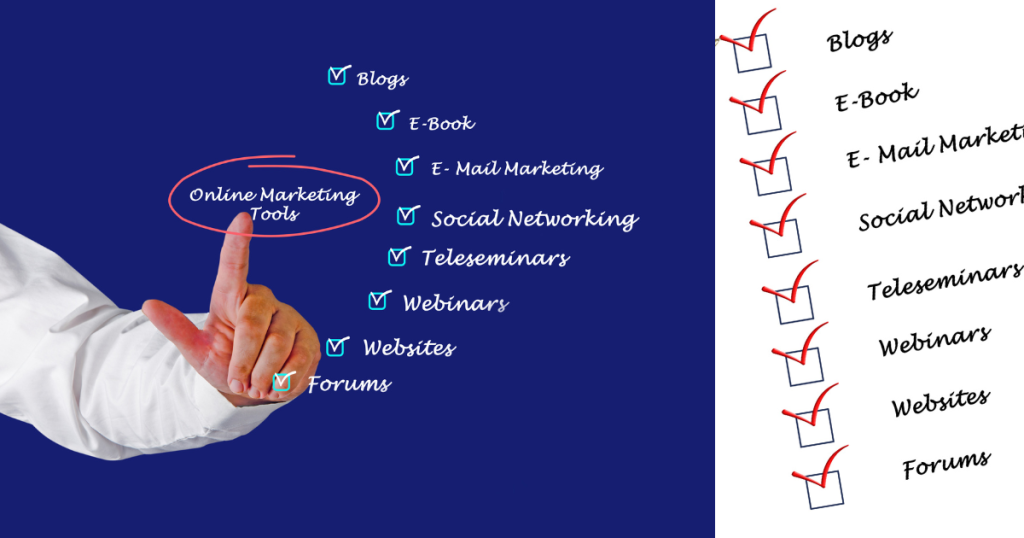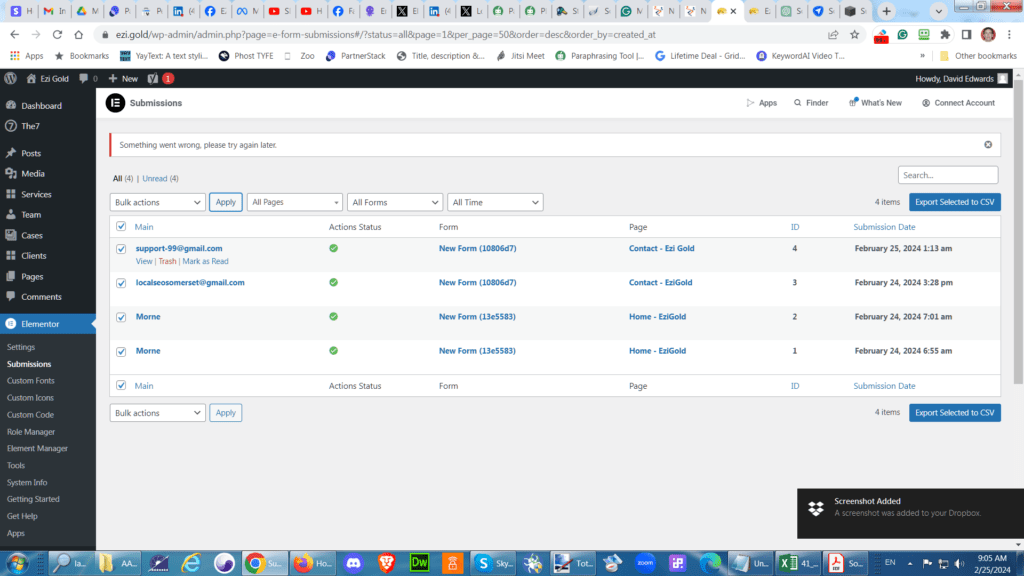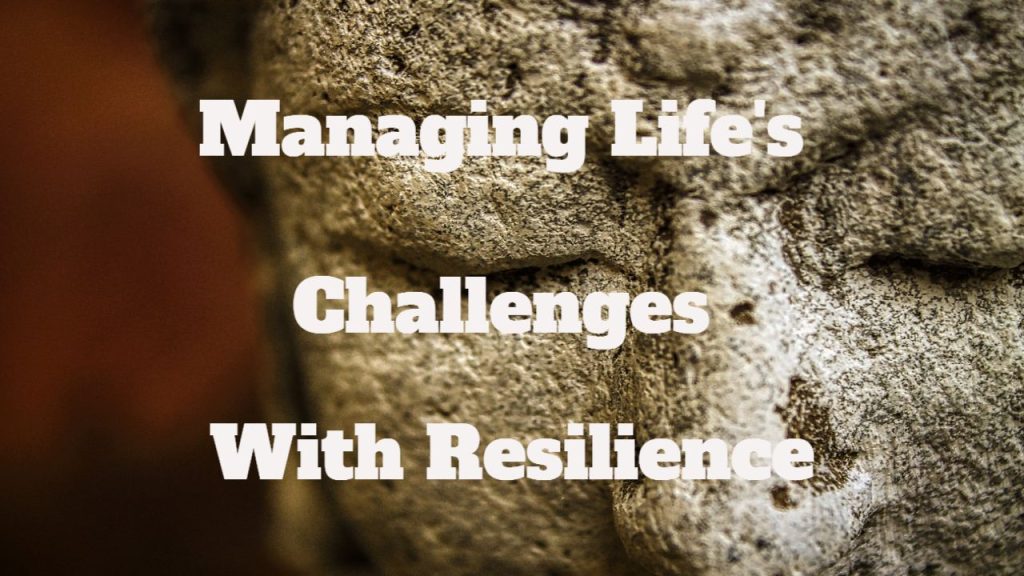Strategy Development
Strategy development is the foundation of a successful social media marketing manager. It involves thoroughly understanding the organization’s goals, target audience, and competitive landscape. As a social media marketing manager, your role is to craft strategies that align with broader marketing objectives while leveraging the unique strengths of each social media platform.
First, you’ll conduct market research to identify key demographics, consumer behaviors, and industry trends. This information will inform decisions regarding which platforms to prioritize and which content resonates best with the target audience.
Next, you’ll define clear objectives for social media initiatives: increasing brand awareness, driving website traffic, boosting engagement, or generating leads. These objectives should be specific, measurable, achievable, relevant, and time-bound (SMART).
Once objectives are established, you’ll outline strategies for content creation, community engagement, and campaign management. This includes determining the optimal posting frequency, content themes, and tone of voice to maintain consistency across platforms.
Furthermore, you’ll develop a plan for tracking and measuring the success of social media efforts. This involves selecting key performance indicators (KPIs) such as reach, engagement, conversions, and return on investment (ROI). By regularly analyzing these metrics, you can assess the effectiveness of your strategies and make data-driven adjustments as needed.
Strategy development sets the roadmap for all social media activities, ensuring that efforts are focused, cohesive, and aligned with overarching business goals.
Content Creation
 Content creation is at the heart of social media marketing, as it captures your audience’s attention and drives engagement. As a social media marketing manager, you’ll be responsible for creating compelling and relevant content that resonates with your target audience while staying true to your brand’s identity.
Content creation is at the heart of social media marketing, as it captures your audience’s attention and drives engagement. As a social media marketing manager, you’ll be responsible for creating compelling and relevant content that resonates with your target audience while staying true to your brand’s identity.
First and foremost, you’ll need to understand your audience’s preferences, interests, and pain points. This insight will guide your content strategy, helping you determine the topics, formats, and tones that best resonate with your followers.
Once you clearly understand your audience, you can begin brainstorming content ideas. This may include a mix of educational, entertaining, promotional, and user-generated content tailored to the preferences of each social media platform.
When creating content, it’s important to prioritize quality over quantity. Whether crafting a witty tweet, designing an eye-catching graphic, or producing a professional video, every content should be thoughtfully curated and aligned with your brand’s values and messaging.
In addition to creating original content, you’ll need to curate and share relevant content from other sources. This demonstrates your industry expertise, fosters relationships with influencers and thought leaders, and keeps your feed fresh and engaging.
Furthermore, you must establish a consistent posting schedule to maintain a steady content stream across your social media channels. This may involve scheduling tools to plan and automate posts in advance, ensuring that your content reaches your audience optimally.
Effective content creation requires a deep understanding of your audience, a commitment to quality, and a strategic approach to planning and distribution.
Community Engagement
Community engagement is essential for building meaningful relationships with your audience and fostering brand loyalty. As a social media marketing manager, your role is actively engaging with your followers, responding to their comments and messages, and cultivating a sense of community around your brand.
First and foremost, you’ll need to monitor your social media channels regularly for mentions, comments, and direct messages. This allows you to stay informed about what your audience is saying and respond promptly to any questions, concerns, or feedback they may have.
When engaging with your audience, being authentic, personable, and empathetic is essential. Whether addressing a customer complaint, answering a product inquiry, or simply thanking someone for their support, personalized interactions can go a long way in building trust and goodwill.
In addition to responding to individual comments and messages, you can encourage broader conversations by asking questions, conducting polls, or soliciting user-generated content. This increases engagement and makes your audience feel valued and heard.
Furthermore, you’ll need to proactively seek opportunities to engage with influencers, brand advocates, and other relevant stakeholders within your industry. Collaborating with these individuals and amplifying their voices can extend your reach and credibility on social media.
Overall, community engagement fosters meaningful connections, promotes two-way communication, and creates a sense of belonging among your audience.
Campaign Management
Campaign management is a crucial aspect of social media marketing, as it allows you to promote specific products, services, or initiatives to your target audience in a coordinated and strategic manner. As a social media marketing manager, you plan, execute, and optimize campaigns that align with your broader marketing objectives.
To begin, you’ll need to define clear objectives for your campaigns, whether driving sales, increasing website traffic, or raising awareness about a new product or promotion. These objectives will guide your campaign strategy and help you determine the most appropriate tactics and messaging to achieve your goals.
Next, you must develop your campaign’s creative concept and messaging strategy. This may involve designing eye-catching visuals, crafting compelling copy, and selecting the most effective call-to-action to encourage user engagement and conversion.
Once your campaign is live, you must monitor its performance closely and adjust as needed. This may involve tweaking targeting parameters, adjusting ad creative, or reallocating the budget to optimize performance and maximize ROI.
After the campaign has concluded, you’ll need to analyze the results to determine its effectiveness and identify areas for improvement. This may include reviewing key metrics such as reach, engagement, click-through rate, conversion rate, and return on ad spend (ROAS).
Effective campaign management requires careful planning, creative execution, and continuous optimization to drive meaningful results and achieve your marketing objectives.
Analytics and Reporting
Analytics and reporting play a vital role in measuring the success of your social media efforts and informing future strategies. As a social media marketing manager, you’ll need to regularly track and analyze key performance indicators (KPIs) to evaluate the effectiveness of your campaigns and activities.
First, determine which metrics most relate to your goals and objectives. This may include metrics such as reach, engagement, clicks, conversions, follower growth, and sentiment analysis.
Next, you’ll use social media analytics tools like Facebook Insights, Twitter Analytics, or third-party platforms like Google Analytics to gather data on these metrics. These tools provide valuable insights into how your content performs, how your audience interacts with your brand,
Once you’ve collected the data, you’ll need to analyze it to identify trends, patterns, and areas for improvement. This may involve comparing performance across different channels, identifying top-performing content, and understanding the impact of external factors such as seasonality or industry trends.
Based on your analysis, you’ll create comprehensive reports to communicate your findings to key organizational stakeholders. These reports should not only summarize key metrics but also provide actionable insights and recommendations for future strategies.
By regularly monitoring and analyzing social media analytics, you can gain valuable insights into your audience, optimize your content and campaigns for better results, and demonstrate the impact of your social media efforts on overall business objectives.
Stay Updated on Trends
In the ever-evolving social media landscape, staying updated on trends and developments is essential to maintaining a competitive edge and effectively reaching your target audience. As a social media marketing manager, it’s crucial to stay informed about the latest platform updates, emerging technologies, and shifts in consumer behavior.
To stay updated on trends, you can follow industry publications, blogs, and social media influencers specializing in marketing. Additionally, attending conferences, webinars, and networking events can provide valuable insights and opportunities to connect with other professionals in the field.
Furthermore, you can leverage social media listening tools to monitor conversations and trends related to your industry, competitors, and target audience. This can help you identify emerging topics, sentiment shifts, and opportunities for engagement or content creation.
By staying informed about trends and developments in social media marketing, you can adapt your strategies and tactics to better resonate with your audience, capitalize on new opportunities, and maintain a competitive advantage.
Collaboration
Collaboration is essential for ensuring a cohesive and integrated approach to social media marketing across the organization. As a social media marketing manager, you must collaborate closely with other teams, such as marketing, sales, customer service, and product development, to align social media initiatives with broader business objectives.
For example, you may work with the marketing team to integrate social media into broader marketing campaigns and initiatives. This could involve coordinating messaging, creative assets, and promotional activities across different channels to ensure consistency and maximize impact.
Similarly, collaborating with the sales team can help you better understand customer needs and pain points, identify opportunities for social selling, and align social media efforts with the sales funnel.
Additionally, collaborating with the customer service team is crucial for addressing customer inquiries, concerns, and feedback on social media in a timely and effective manner. By working together, you can ensure that customer issues are resolved quickly and that positive interactions are amplified to enhance brand reputation and loyalty.
Overall, collaboration is essential for breaking down silos, fostering cross-functional alignment, and maximizing the impact of social media marketing efforts across the organization.
Ad Campaign Management
While organic content is important, paid advertising on social media can significantly amplify your reach and engagement with your target audience. As a social media marketing manager, you’ll manage ad campaigns on platforms like Facebook, Instagram, Twitter, and LinkedIn.
First, you’ll need to define clear objectives for your ad campaigns: increasing brand awareness, driving website traffic, generating leads, or driving conversions. These objectives will guide your campaign strategy and determine the most appropriate targeting and messaging tactics.
Next, you’ll need to set up and optimize your ad campaigns using the targeting options provided by each platform. This may include targeting based on demographics, interests, behaviors, or custom audience segments.
Once your ad campaigns are live, you must monitor their performance closely and adjust as needed to optimize for better results. This may involve tweaking targeting parameters, adjusting ad creative or copy, or reallocating budget based on performance.
Finally, you’ll need to analyze the results of your ad campaigns to determine their effectiveness and ROI. This may include reviewing metrics such as reach, impressions, clicks, conversions, and cost per acquisition (CPA) to understand which campaigns drive the most value for your business.
By effectively managing ad campaigns on social media, you can reach a larger audience, drive targeted traffic to your website or landing pages, and ultimately achieve your marketing objectives more efficiently.
Brand Monitoring
Brand monitoring is crucial for maintaining a positive brand reputation and addressing any issues or concerns that may arise on social media. As a social media marketing manager, you’ll need to regularly monitor social media channels for mentions of your brand, competitors, and relevant industry keywords.
First and foremost, you’ll need to establish a system for monitoring social media mentions in real time. This may involve using social media monitoring tools and setting up alerts for brand mentions, hashtags, or specific keywords related to your industry or products.
Once mentions are identified, you’ll need to assess the sentiment and context of each mention to determine whether a response is warranted. Positive mentions may warrant a thank you or engagement to foster goodwill, while negative mentions may require a more proactive response to address customer concerns or resolve issues.
In addition to monitoring direct mentions of your brand, you’ll also need to monitor conversations happening within your industry and among your competitors. This can provide valuable insights into market trends, consumer preferences, and potential opportunities or threats to your brand.
Overall, brand monitoring is essential for proactively managing your brand’s reputation, addressing customer feedback, and staying informed about conversations happening on social media that may impact your business.
Experimentation and Optimization
Experimentation and optimization are key components of a successful social media marketing strategy. As a social media marketing manager, you must continuously test new ideas, content formats, and strategies to identify what resonates best with your audience and drives the most meaningful results.
First, you’ll need to establish a culture of experimentation within your team, where testing and learning are embraced as essential components of the marketing process. This may involve setting aside budget and resources for experimentation and encouraging team members to share and test new ideas.
Next, you’ll need to identify areas of your social media strategy that could benefit from experimentation. This may include testing different types of content (e.g., videos, images, infographics), posting times, frequency, ad formats, targeting options, or messaging strategies.
Once you’ve identified areas for experimentation, you’ll need to develop a systematic approach to testing and measurement. This may involve A/B testing different variables to see which performs better, setting clear hypotheses and success criteria, and using analytics tools to track and measure results.
Based on the results of your experiments, you’ll then need to iterate and optimize your social media strategy accordingly. This may involve scaling up successful tactics, discontinuing underperforming ones, or making incremental adjustments to improve performance over time.
By embracing a mindset of experimentation and optimization, you can uncover new opportunities, refine your social media strategy, and stay ahead of the curve in an ever-changing digital landscape.
References
- “Social Media Examiner” – Social Media Examiner is a well-known online platform that provides tips, insights, and resources for social media marketers. Their articles cover various aspects of social media marketing, including strategy development, content creation, engagement, and analytics. (Website: socialmediaexaminer.com)
- “Buffer Blog” – Buffer is a popular social media management platform that maintains a blog with valuable insights and resources for social media marketers. Their articles often include in-depth guides, case studies, and best practices on campaign management, community engagement, and data-driven decision-making. (Website: buffer.com/resources)
- “HubSpot Blog” – HubSpot is a leading inbound marketing and sales platform that offers a wealth of educational content for marketers. Their blog covers a wide range of topics, including social media marketing, and provides actionable tips, tutorials, and industry insights for professionals at all levels. (Website: blog.hubspot.com/marketing)
The post Mastering Strategy: A Social Media Marketing Manager Guide appeared first on Ezi Gold.


















